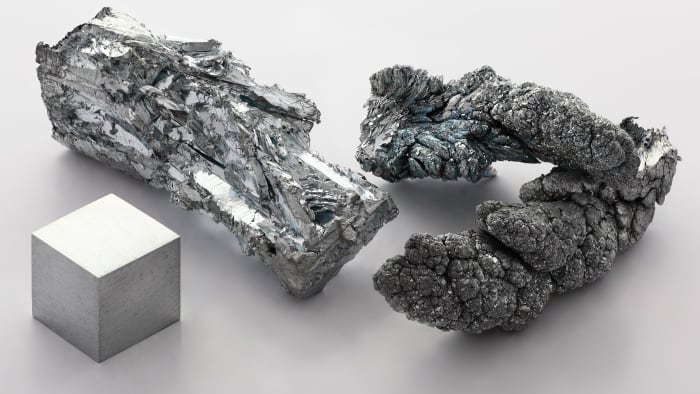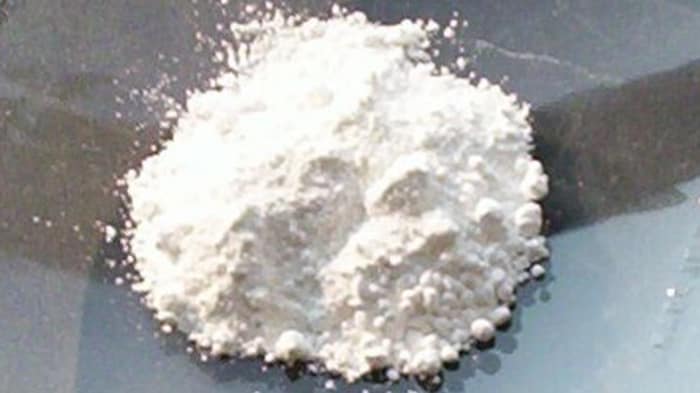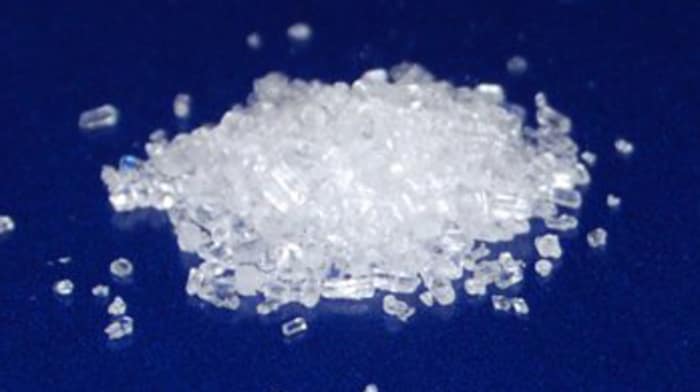The reaction between hydrochloric acid and zinc
Properties of zinc and specifics of its interactions with HCl

Physical properties of metallic zinc
Zinc is a brittle, silvery-blue metal. It is quite ductile and malleable at temperatures ranging from 100-150 °С.

Zinc likely gained its name from the fact that its crystals resemble needles (from the German “Zinke,” meaning “prong”). Zinc is so brittle that you can even hear an audible crack if a zinc rod is bent at normal temperatures. At temperatures of 100-150 °С, zinc becomes ductile, and thus can be used as a solder. However, the silvery metal becomes brittle again at higher temperatures.
Chemical properties of zinc

The 30th element in the periodic table is a strong reducer. The metal burns at high temperatures, forming amphoteric white zinc oxide. Its combustion is accompanied by a blue flame:
2Zn + O₂ → 2ZnO

Zinc reacts quite violently with sulfur, burning with a yellow-green flame:
Zn + S → ZnS
Zinc reacts with halogens in the presence of moisture:
Zn + Cl₂ → ZnCl₂
Zinc also reacts with water vapor at 600-800 °С to form hydrogen and zinc oxide:
Zn + 2H₂O = ZnO + H₂↑
If a piece of zinc is immersed in diluted sulfuric acid, bubbles of hydrogen are released:
H₂SO₄ + Zn = ZnSO₄ + H₂↑

Zinc is a heavy metal compared with lithium, for instance, so the bubbles don’t rise to the surface.
Look here for some awesome experiments with zinc.
Reaction of zinc and hydrochloric acid
Let’s examine the example of the interaction between zinc and hydrochloric acid. Zinc also reacts with HCl, releasing small bubbles of hydrogen and forming zinc chloride ZnCl₂.
Zn + HCl → ZnCl₂ + H₂↑